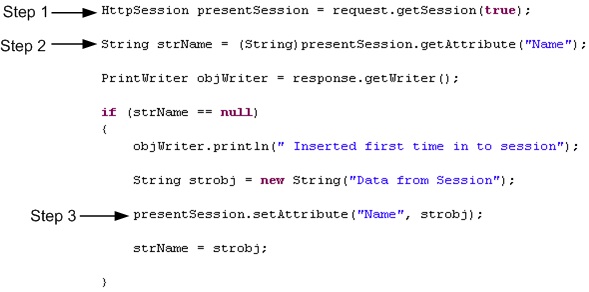Server Side Includes (SSI) are commands and directives placed in Web pages that are evaluated by the Web server when the Web page is being served. SSI are not supported by all web servers. So before using SSI read the web server documentation for the support. SSI is useful when you want a small part of the page to be dynamically generated rather than loading the whole page again.
Below is the code for SSI which needs to be inserted in between the HTML tags.
Here the CODE attribute specifies the servlet name. The CODEBASE attribute indicates the servlet location. If you are using a servlet deployed in the same Web server, you can omit the CODEBASE attribute. You can pass any request parameters to the servlet using the PARAM tags.
Below is the code how the SSI looks in the HTML.
See the following video on Java which describes EJB(Enterprise Java Beans): -
Click for more Java/Servlets interview questions
Regards,
Visit for more author’s blog on Java/Servlets interview questions
Below is the code for SSI which needs to be inserted in between the HTML tags.
Here the CODE attribute specifies the servlet name. The CODEBASE attribute indicates the servlet location. If you are using a servlet deployed in the same Web server, you can omit the CODEBASE attribute. You can pass any request parameters to the servlet using the PARAM tags.
Below is the code how the SSI looks in the HTML.
See the following video on Java which describes EJB(Enterprise Java Beans): -
Click for more Java/Servlets interview questions
Regards,
Visit for more author’s blog on Java/Servlets interview questions






